Email Marketing Gamification: Making Your Emails More Fun
By Jenna Bunnell January 26, 2022
Everyone loves a discount, but the generic “here’s 10 percent off your next purchase” email has become pretty overused.
A customer’s email inbox is a sea of marketing messages, and small businesses are finding it harder than ever to create emails that stand out.
65 percent of companies achieve average open rates of between 11 percent and 50 percent. Click-through rates are even lower – 77 percent of small businesses have an average click-through of just zero to 10 percent.

So, how can you improve your email engagement rate? If your other email marketing strategies aren’t producing the results you desire, email gamification might be the answer.
What is email marketing gamification?
Gamification is the technique of adding game design elements into non-game applications. This can be used in anything from websites and learning management systems to – of course – emails.
Email marketing gamification refers to embedding a game into your emails. It’s a simple but powerful marketing strategy that can yield significant results, with the ultimate goal being to boost user engagement.
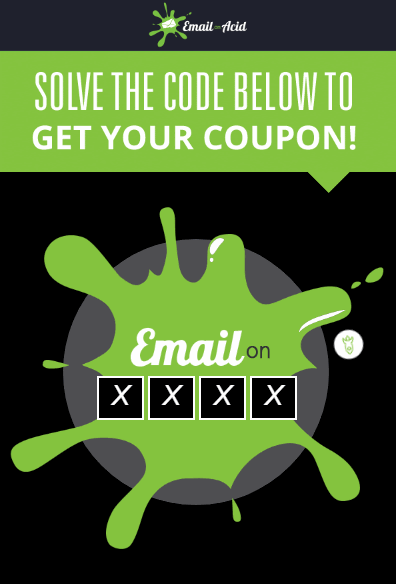
There are three core principles of email gamification:
- Engagement
- Award
- Competition
The perfect gamified email should
- Encourage engagement
- Offer a reward for participation
- Evoke a sense of competition.
Popular examples of email games that embody these principles are spin the wheel and quest games.
What are the benefits of email marketing gamification?
Are you wondering whether designing a gamified email is worth the hassle? Here are some benefits it can bring to your brand.
It improves customer retention and brand loyalty
If customers know you as the brand that rolls out fun and reward-filled email games on special occasions, they’re more likely to open and click your emails. If you’re lucky, they might even tell their friends about you.
This is because no matter how big or small, customers like rewards. They especially like rewards that have the ‘exclusivity’ of having to work or compete for them.
You could go a step further and combine your email marketing gamification with a customer loyalty program. This is a sound strategy for increasing long-term customer engagement.
For example, your spin-the-wheel game could reward your customers with extra loyalty points or your quiz might earn them a digital badge.
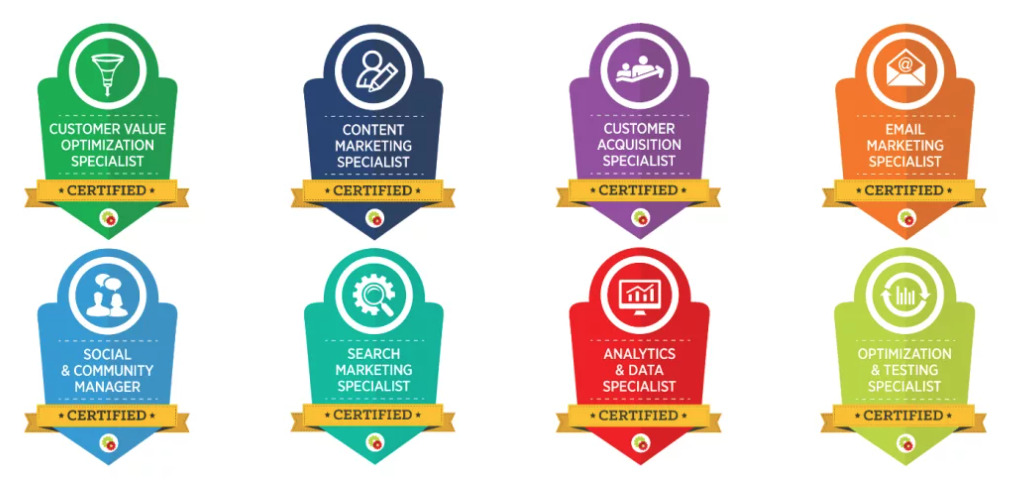
It boosts email open rates
As we mentioned above, 65 percent of businesses achieve an average email open rate of 11 to 50 percent. Unfortunately, the majority of businesses fall at the lower end of this spectrum.
An email marketing gamification campaign might be just what you need to boost open rates. Announcing your game in your email’s subject line helps it stand out from all the other discounts and deals. Not only that, but your loyal subscribers are more likely to habitually click on your emails if there’s a chance of a game inside.
There are a bunch of other things you can do to skyrocket your email open rates too. Personalization, optimizing subject lines, and leveraging FOMO are all tactics that work well alongside an email marketing gamification strategy.
It increases engagement
Getting customers to open your emails is one thing, encouraging them to engage with them is something else entirely.
This is why gamification is so powerful – because games are engaging by nature. Customers have to click to spin the wheel, find the item, or uncover their prize. Naturally, this generates more clicks and higher levels of engagement.
Even if a customer isn’t initially interested in your offer, games incite curiosity. Your customers might be tempted to ‘just have a go’, especially if they’re trying to kill some time.
Playing a game is a much more satisfying boredom-killer than reading a block of text, right?
It demonstrates customer-centricity
Customers appreciate it when you show them you care. It’s why using services that allow companies to interact with customers across all channels and direct inward dialing have become so popular.
“What is direct inward dialing?”, you ask. This is a business phone feature that allows customers to bypass automated receptionists and go straight to a specific desk.
In the same way, creating something fun for your customers to enjoy shows subscribers you value them.
Your game doesn’t need to have any other agenda than to entertain – you’ll naturally reap the benefits of retaining customer interest and building loyalty regardless.
Email game ideas
Before we get into some tips and tricks for email marketing gamification, let’s take a quick look at the most successful types of games to include.
Wheel of fortune
This is a timeless classic that anyone can play. Pack your roulette wheel full of goodies and let your customers try their luck.
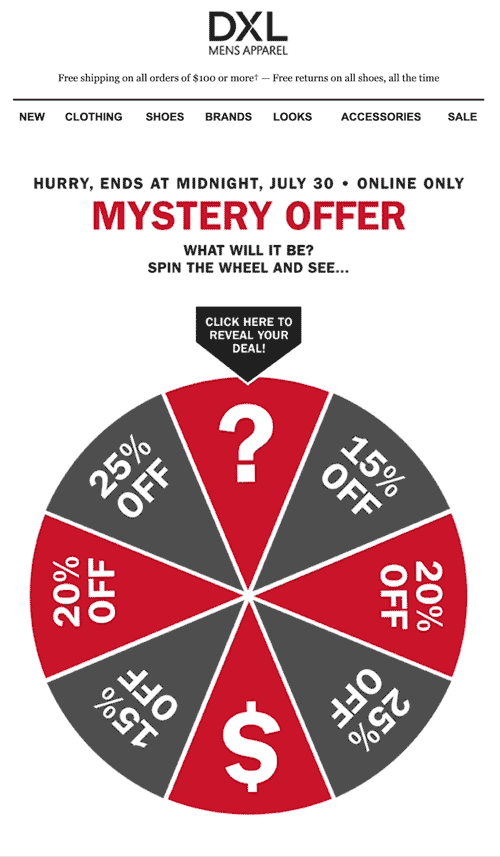
Quizzes
Quizzes are easy to set up, supported by most email clients, and generate a bunch of clicks. They’re fun for your subscribers too!
Options for the type of quiz you might design are endless, but whether it’s a trivia quiz or a personality one, be sure to keep it simple.

Scratch cards/lottery tickets
While some businesses may think scratch cards are an outdated approach, others still can’t get enough of them. Either way, instant-win games are incredibly popular among customers. They’re a little more adventurous than plain-text discount emails and are a reliable customer re-engagement tool.
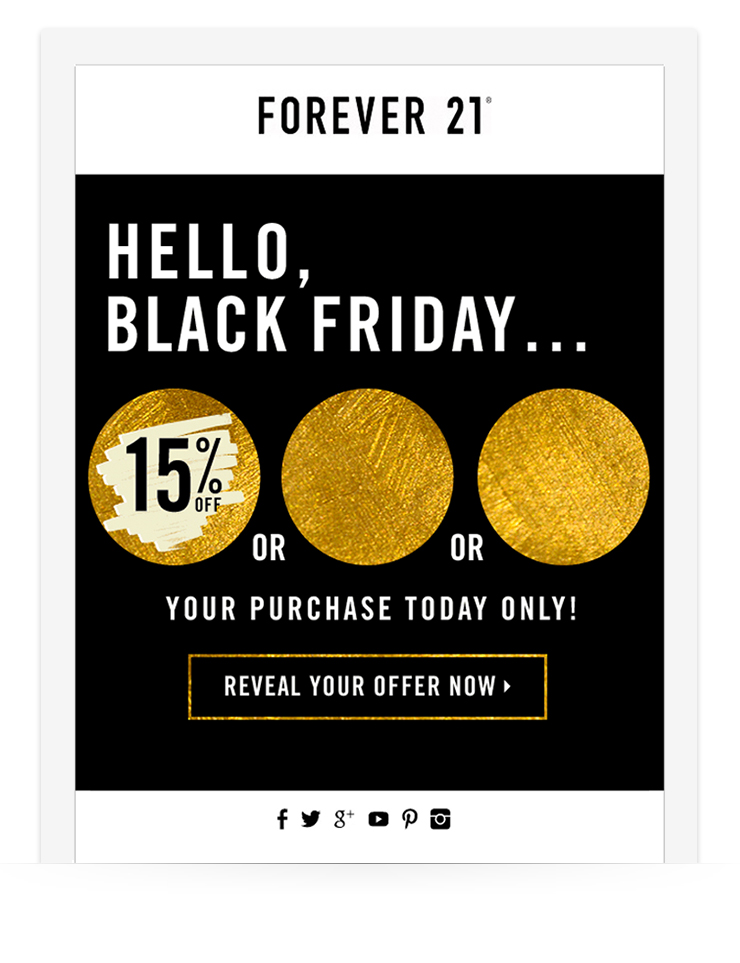
Hunts and quests
Instead of one standalone game, why not create a series? This involves sending out games as part of an automated email marketing campaign so your subscribers have multiple chances to win.
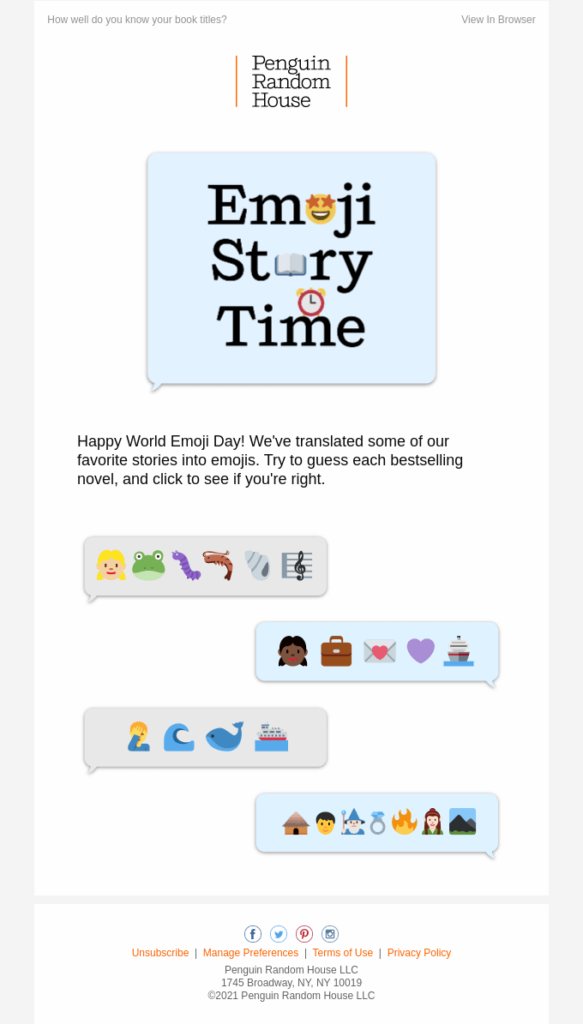
Quest games are particularly powerful because they have lots of benefits. They’re capable of boosting email open rates, click-through rates, and sales.
Beyond that, they encourage cross-channel engagement and increase brand awareness.
Email gamification best practices
Gamification embraces creativity and innovation, but there are still some rules you should follow to maximize the success of your campaign.
Keep it simple
Don’t make your game too confusing for subscribers. Ideally, the concept should be self-explanatory or easy to describe in a couple of short sentences.
Know your target audience
Don’t assume everyone on your email list is an appropriate target for your campaign. Using email segmentation, create a profile of the customers you want to target with your game concept.
For example, you might take into account your subscriber’s gender, age, skill level, or buying habits to determine whether they’d be interested in it.
You could even switch it up and create a game for an outbound lead generation campaign. This is an interesting way to target potential leads and lure them away from competitors. Just make sure you have a comprehensive customer profile before you start.
Pay attention to your design
It doesn’t matter how awesome your gamified email concept is; if it’s poorly designed, subscribers might not give it a second glance. Take time to make your gamified email appealing, with complementary colors, optimized images, and a professional finish.
If designing isn’t your strong suit, AWeber’s Smart Designer can help you build branded email templates in seconds. Alternatively, you can find a bunch of ready-made templates online.
Optimize for mobile
According to Litmus’ most recent email client study, mobile devices account for the majority of email opens (at 43.5 percent).
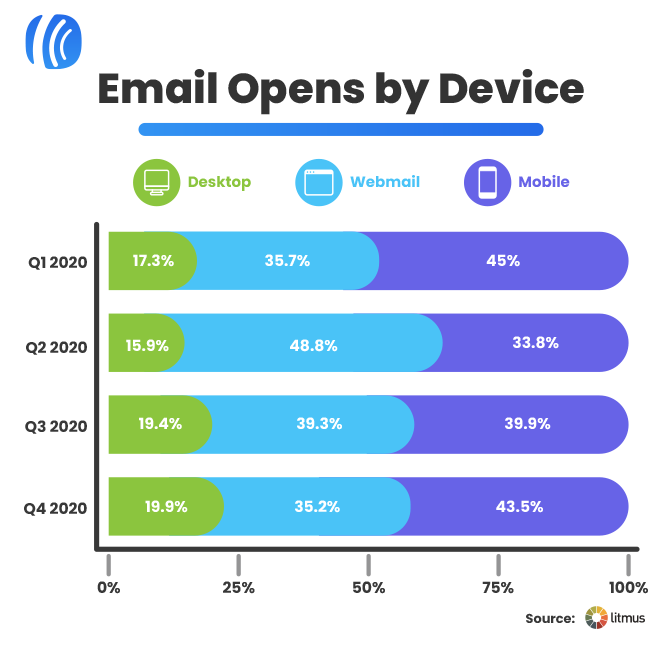
Always ensure your email loads perfectly on mobile. If it’s poorly optimized, subscribers will swiftly delete it.
Repeated offenses can result in customers unsubscribing and increase the likelihood of future emails being marked as spam.
Track how customers engage with your brand beyond your game
Gamified emails are good at generating clicks, driving traffic, and moving customers along the sales funnel.
Tracking specific metrics can help you gauge exactly how users interact with your brand after playing your game. This helps you determine whether user behavior aligns with your overall goals.
Other than conversion rate, there are two main metrics to keep an eye on:
- Bounce/exit rates. Do customers play your game, receive their reward, and then immediately bounce, or are they inclined to explore other pages? Is there a specific path you’d like them to take? Keep track of your bounce rate vs exit rate and use the results to create a more intuitive experience.
- Forwarding rate/email sharing. How many people are forwarding your email to their friends? Are subscribers sharing your email on social media? If your game is competitive, users are likely to want to share it, or you could incentivize social sharing by offering subscribers a sweet reward for doing so.
Final thoughts
Combined with your other email marketing strategies, email marketing gamification is bursting with potential.
Alongside personalization, automation, segmentation, and creating awesome customer-centric content, you can leverage gamified emails to improve user engagement, build brand loyalty, and drive sales.
However, keep in mind that boosted sales are only a bonus. The ultimate end goal of your gamification campaign should be to make sure your customers are simply having fun.
Author Bio: Jenna Bunnell is the Senior Manager for Content Marketing at Dialpad, an AI-incorporated cloud-hosted unified communications system that provides valuable call details and useful features such as free video chat for business owners and sales representatives. She is driven and passionate about communicating a brand’s design sensibility and visualizing how content can be presented in creative and comprehensive ways. She has written for domains like CrocoBlock and Tapfiliate. Here is her LinkedIn.
 87% off ends soon!
87% off ends soon! 
